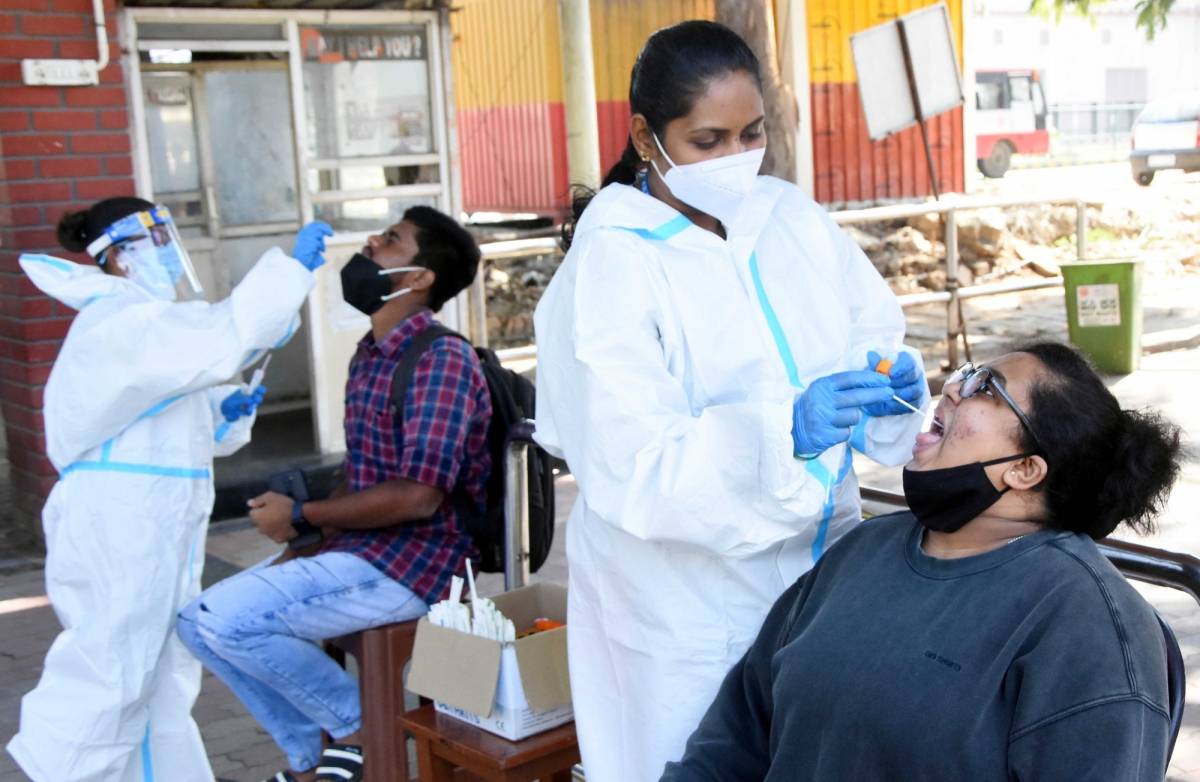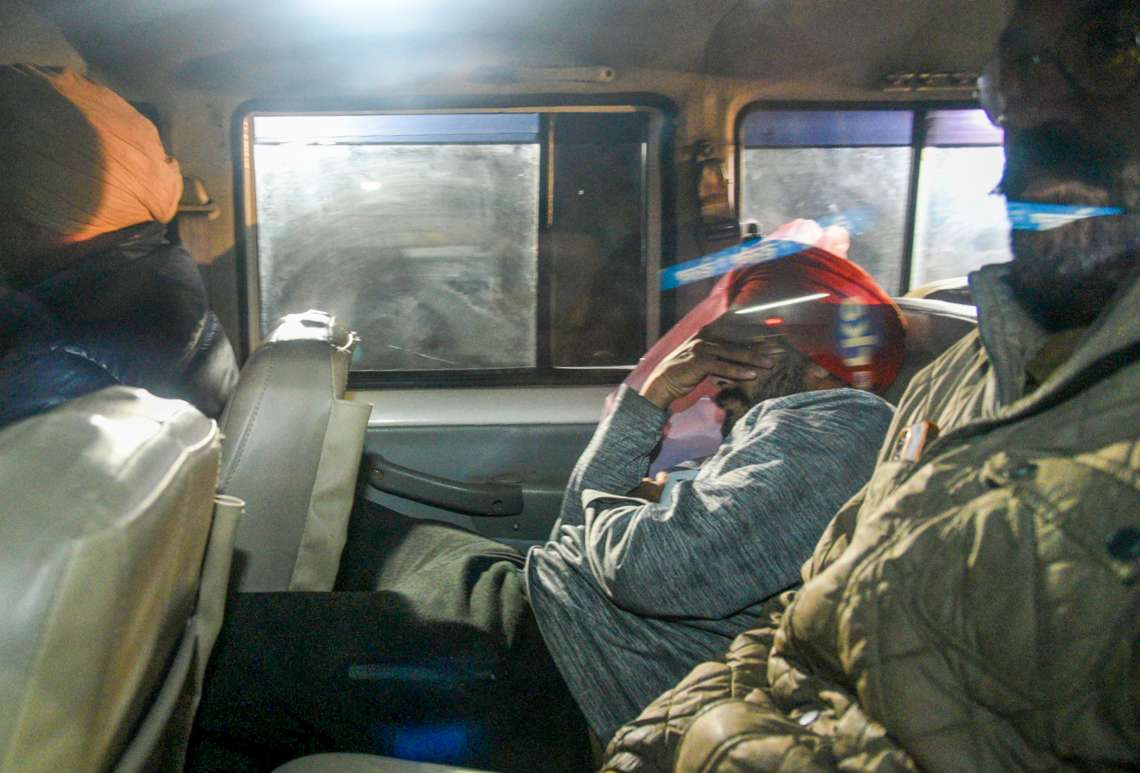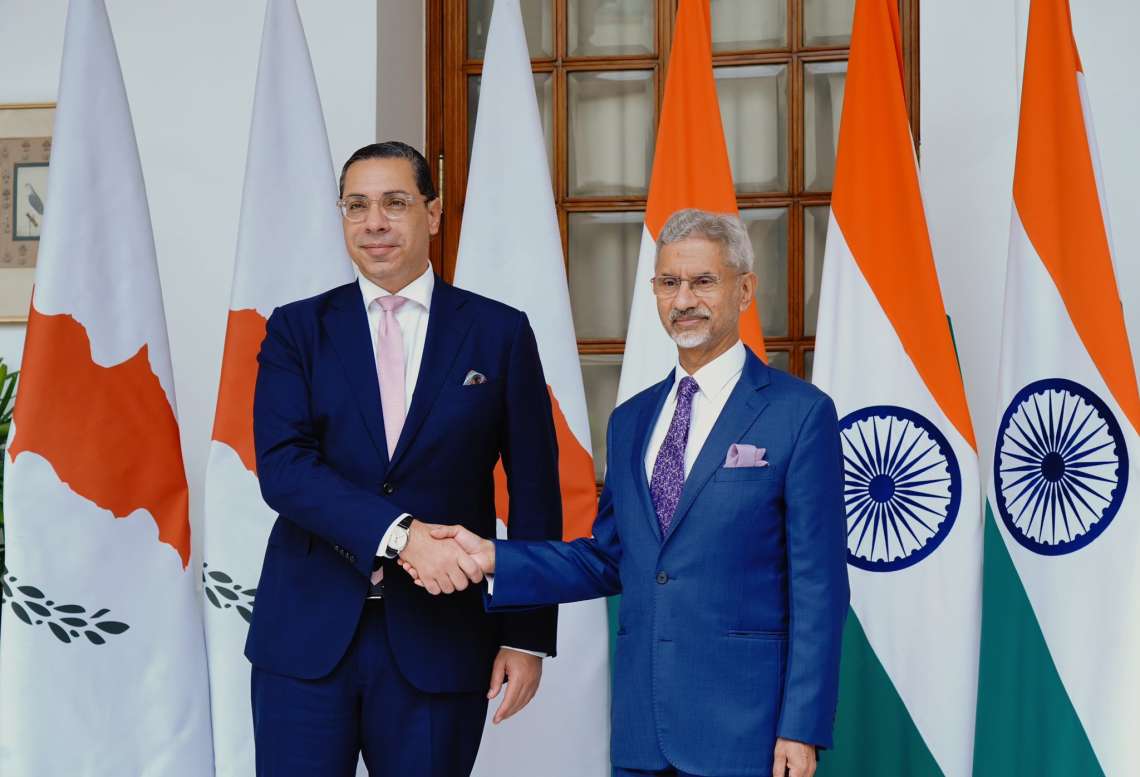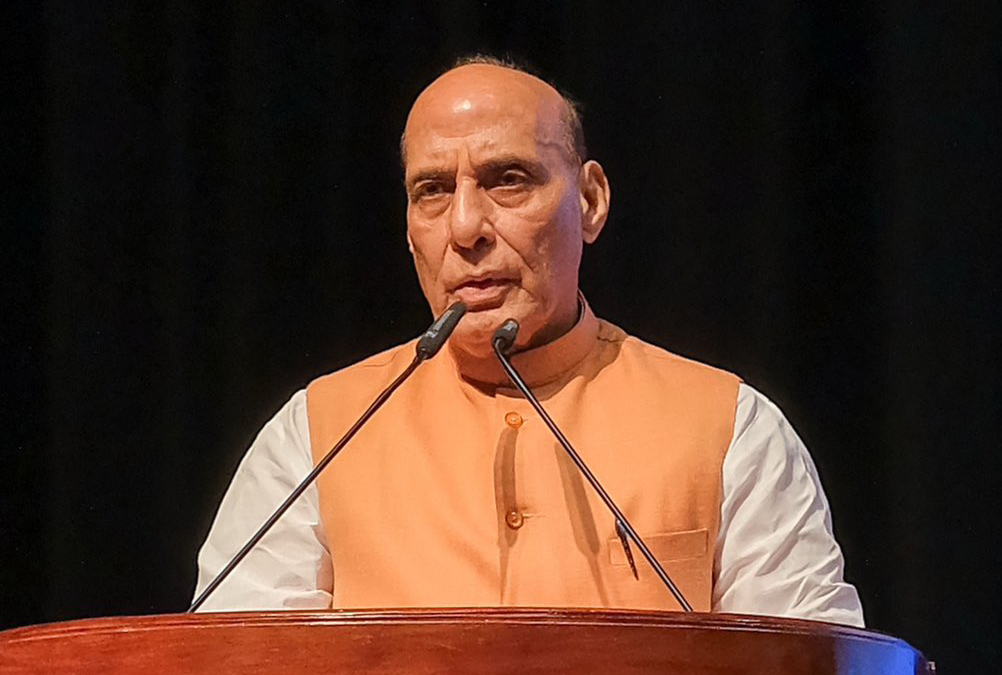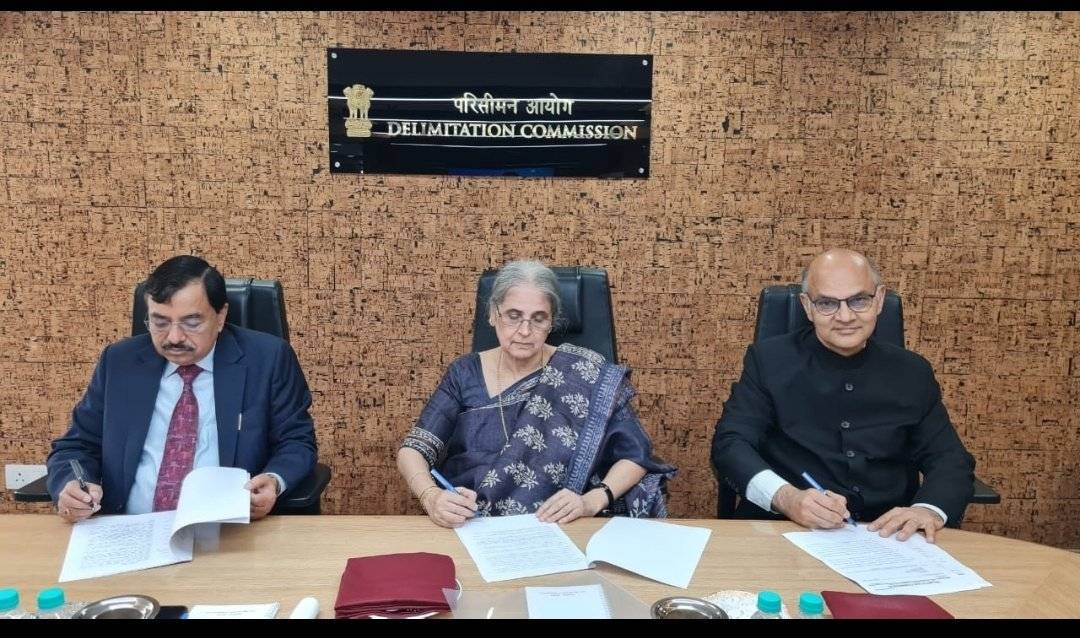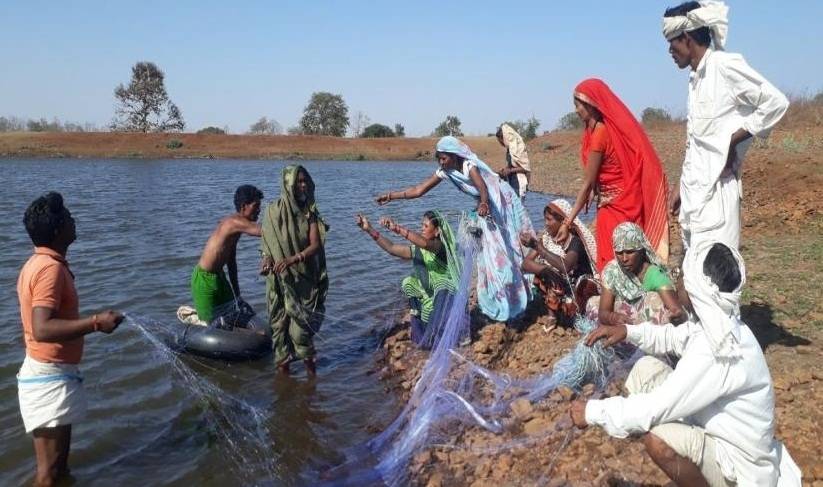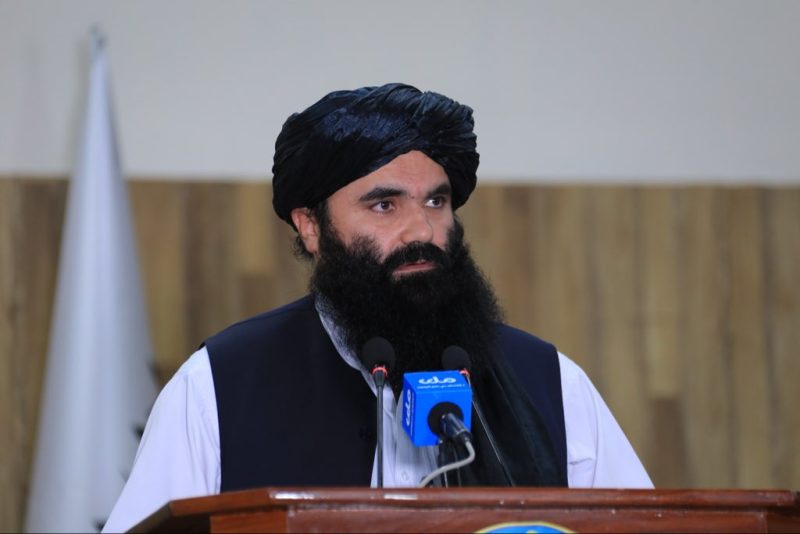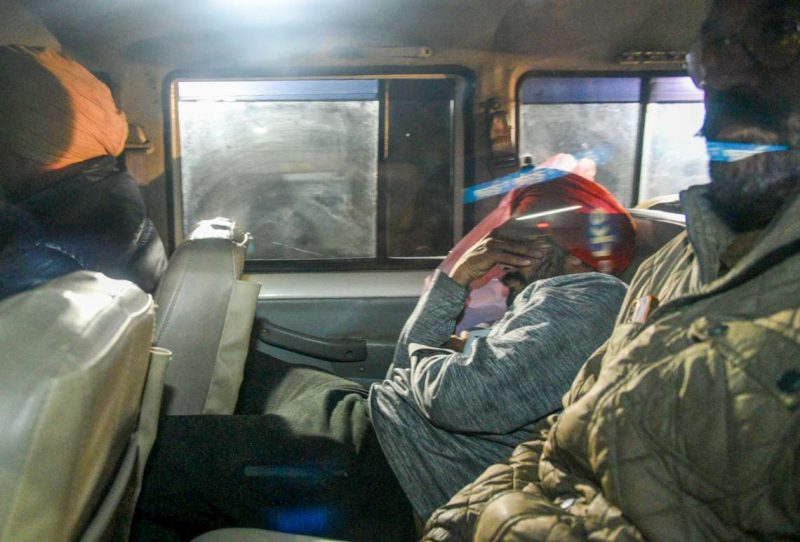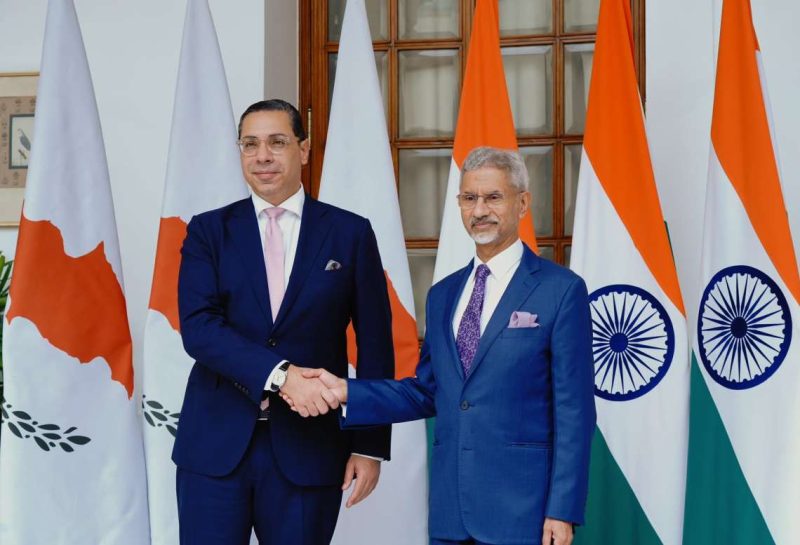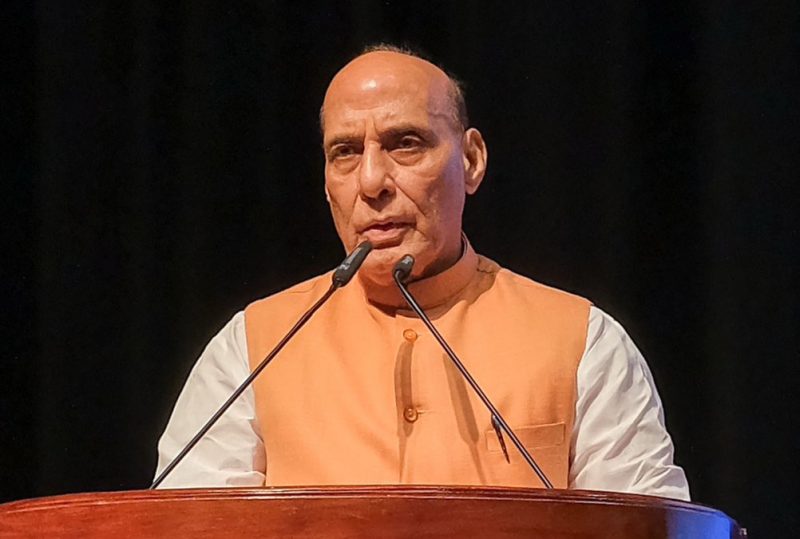Excess mortality is calculated as the difference between the number of deaths that have occurred and the number that would be expected in the absence of the pandemic based on data from earlier years…reports Asian Lite News
The World Health Organisation (WHO) has put the number of Covid-19 deaths in India at around 4.7 million, which the highest in the world. The deaths, according to the report released on Thursday, could be directly due to the disease or indirectly caused by the pandemic’s impact on health systems and society. India’s Covid toll is approximately a third of the global death number, the report said.
The WHO estimate of Covid deaths in India is 10-times the official count, and the government has strongly rejected the figure and the methodology. In an official statement, the Union Health Ministry said that India had been consistently objecting to the methodology adopted by WHO to project excess mortality estimates based on mathematical models. “Despite India’s objection to the process, methodology and outcome of this modelling exercise, WHO has released the excess mortality estimates without adequately addressing India’s concerns,” the Health Ministry said.
India’s official Covid death toll is 481,486 between January 1, 2020, and December 31, 2021.
The WHO report pegs Covid deaths in India at precisely 47,40,894 during 2020 and 2021. The coinciding pandemic death figure (described as excess mortality) globally is approximately 14.9 million—ranging between 13.3 million and 16.6 million.
Excess mortality is calculated as the difference between the number of deaths that have occurred and the number that would be expected in the absence of the pandemic based on data from earlier years.
The WHO has also released the methodology followed by it to arrive at these numbers. It said: “We consider the most complex sub-national scenario in which the number of regions with monthly data varies by month, using India as an example. For India, we use a variety of sources for the registered number of deaths at the state and union territory level. The information was either reported directly by the states through official reports and automatic vital registration, or by journalists who obtained death registration information through Right To Information requests.”
India had released the Civil Registration System (CRS) report on births and deaths by the Registrar General of India (RGI) earlier this week.
The Health Ministry said that India had informed WHO that in view of the ’authentic data’ published through the CRS by RGI, mathematical models should not be used for projecting excess mortality numbers for the country.
India said that registration of births and deaths in the country is extremely ‘robust’ and is governed by decades-old statutory legal framework – Births & Deaths Registration Act, 1969.
“The CRS data of 2020 published by RGI on May 3, 2022 clearly reveals that the narrative sought to be created based on various modelling estimates of India’s Covid19 deaths being many times the reported figure is totally removed from reality,” the government said, adding that this data was shared with the WHO for preparation of excess mortality report.
“Despite communicating this data to WHO for supporting their publication, WHO for reasons best known to them conveniently chose to ignore the available data submitted by India and published the excess mortality estimates for which the methodology, source of data, and the outcomes has been consistently questioned by India,” the Union Health Ministry stated.
WHO director general Tedros Adhanom Ghebreyesus said, “These sobering data not only point to the impact of the pandemic but also to the need for all countries to invest in more resilient health systems that can sustain essential health services during crises, including stronger health information systems.” He added that WHO is committed to working with all countries to strengthen their health information systems to generate better data for better decisions and better outcomes.
WHO said that most of the excess deaths (84 per cent) are concentrated in South-East Asia, Europe, and the Americas. Some 68 per cent of excess deaths are concentrated in just 10 countries globally. Middle-income countries account for 81 per cent of the 14.9 million excess deaths (53 per cent in lower-middle-income countries and 28 per cent in upper-middle-income countries) over the 24-month period, with high-income and low-income countries accounting for 15 per cent and 4 per cent, respectively. It also said that the global death toll was higher for men (57 per cent) than females (47 per cent) and higher among older adults.
“The absolute count of the excess deaths is affected by the population size. The number of excess deaths per 100,000 gives a more objective picture of the pandemic than reported Covid-19 mortality data,” WHO noted.
The Indian government said that it had objected to WHO classifying India into a Tier II country. Tier classification is a simple grouping of countries based on mortality data availability.
According to WHO Countries are classified as Tier 1 if complete and nationally representative monthly all-cause mortality data for the specified period have been made available to WHO. Countries categorized as Tier 2 include countries for which WHO does not have access to the complete data and thus requires the use of alternative data sources.
The health ministry said that despite its contention that it does not ‘deserve’ to be placed in Tier II countries category, WHO till date has not responded to India’s contention.
Also, India said it has consistently questioned WHO’s own admission that data in respect of seventeen Indian states was obtained from some websites and media reports and was used in their mathematical model. “This reflects a statistically unsound and scientifically questionable methodology of data collection for making excess mortality projections in case of India,” MoHFW said.
Further, the test positivity rate (a key variable used by WHO) for Covid19 in India was never uniform throughout the country at any point of time, the Health Ministry claimed.
“Such a modeling approach fails to take into account the variability in COVID positivity rate both in terms of space and time within the country. The model also fails to take into account the rate of testing and impact of different diagnostic methods (RAT/RT-PCR) used in different geographies,” India said on Thursday.
India reasoned that owing to its large area, diversity and a population of 1.3 bn, it has consistently objected to the use of ‘one size fits all’ approach and model, which may be applicable to smaller countries, but cannot be applicable to India.
“The model assumed an inverse relationship between temperature and mortality, which was never substantiated by WHO despite India’s repeated requests…… In spite of these differences, India continued to collaborate and coordinate with WHO on this exercise and multiple formal communications (10 times from November 2021 to May 2022) as well as numerous virtual interactions were held with WHO,” the health ministry statement read.
ALSO READ-UAE records 199 new Covid-19 cases


